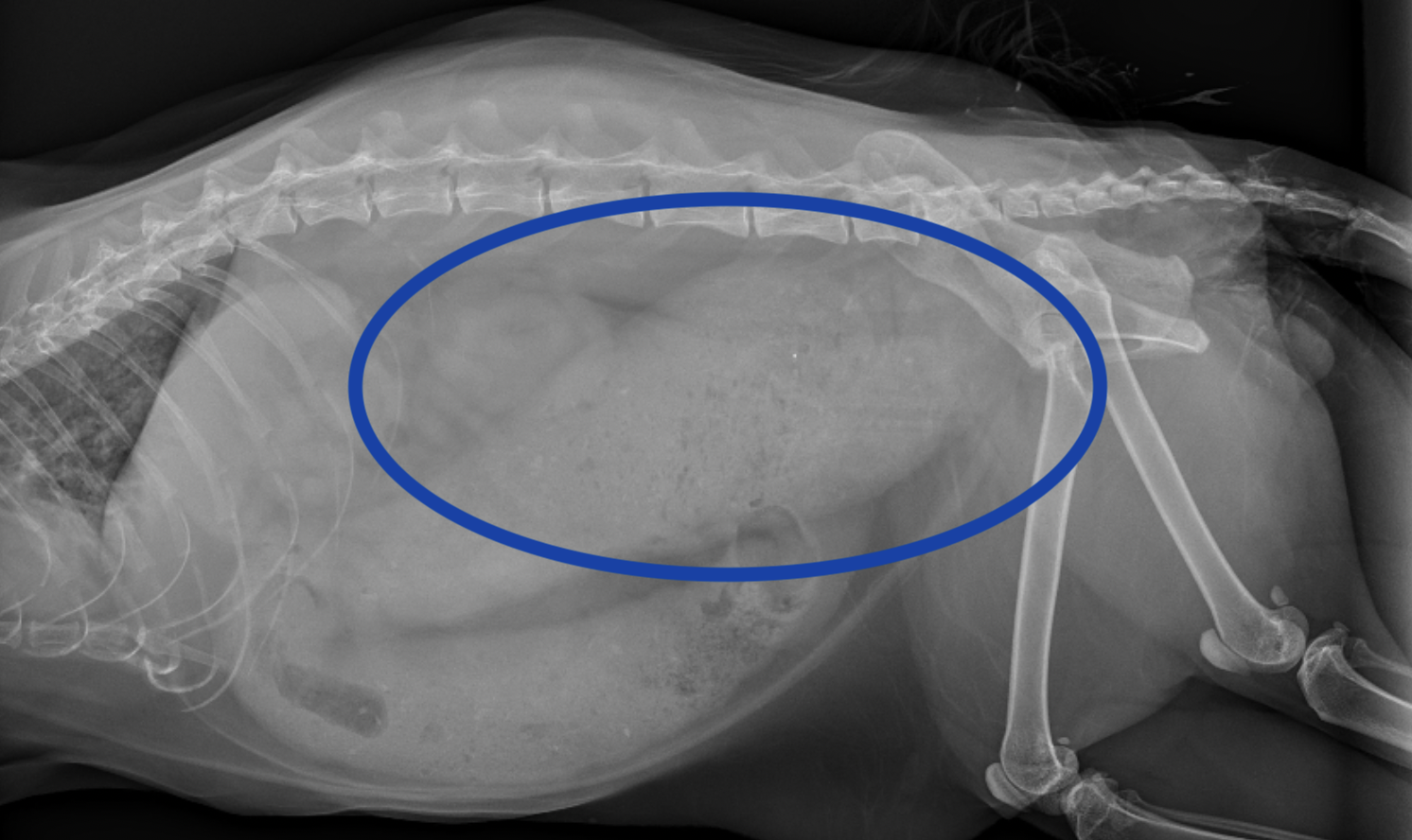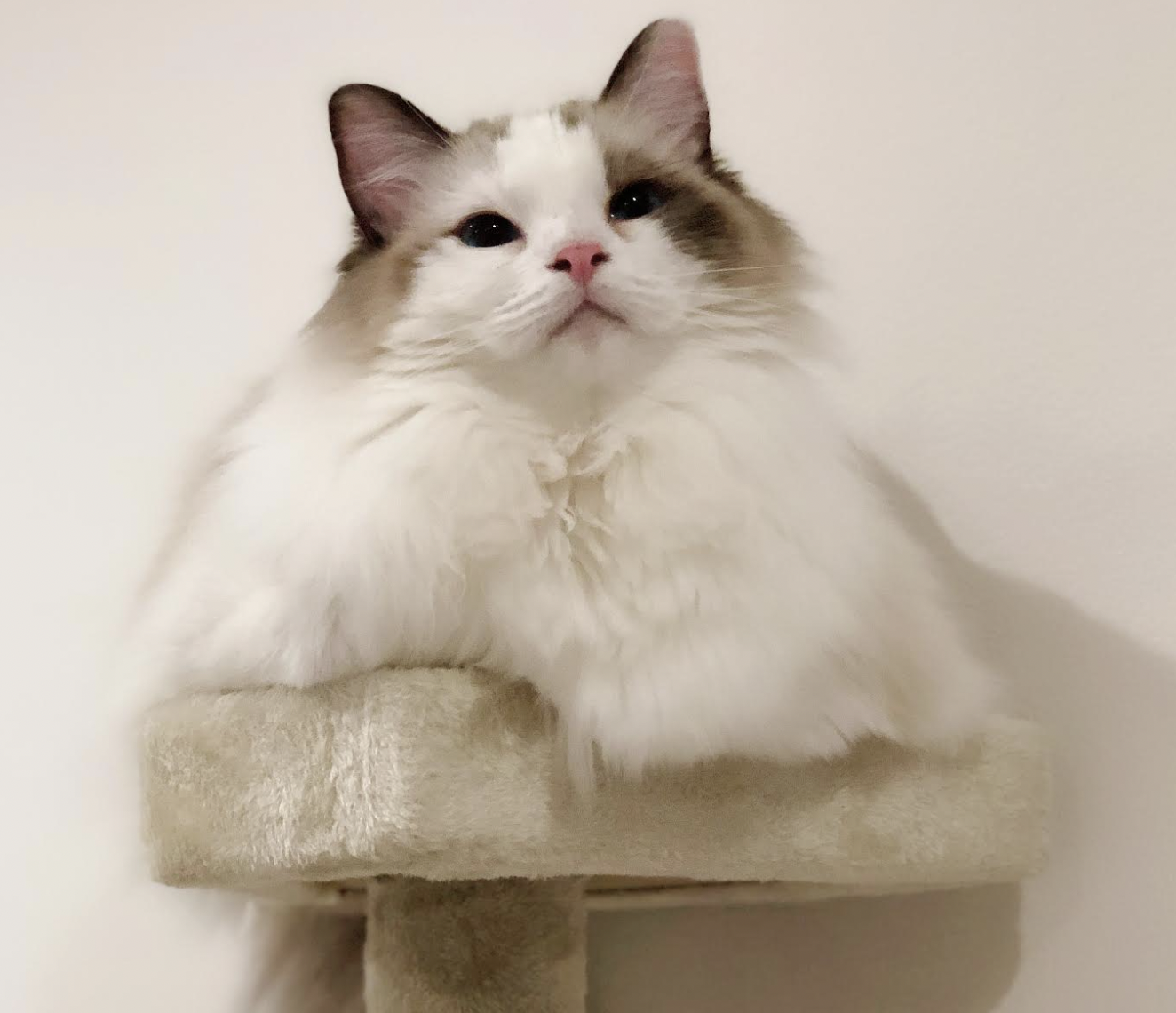When River Stopped Flowing
By Kay Hisano | Dated April 15, 2025
Constipation is not just a problem we see in humans but can happen in our furry friends as well. For some cats, it’s more than just an occasional issue. That was the case for River, a beautiful 7-year-old Ragdoll who recently went through quite the journey to feel better.
River had been dealing with chronic constipation, and was brought in by his owners as he had not defecated in 5 days. Here is a radiograph image of her enlarged colon!

Here are the most common causes of constipation in cats:
🧠 Idiopathic (Unknown Cause)
In many cases, we simply don’t know why a cat develops megacolon. This is called idiopathic megacolon and is the most common form. It may be related to a problem with the nerves or muscles of the colon.
🐾 Chronic Constipation
Long-term, untreated constipation can stretch the colon permanently. Once the colon is stretched beyond a certain point, it can’t snap back to normal—and megacolon develops.
🚑 Pelvic Trauma or Injury
A past injury (like being hit by a car) can lead to narrowing of the pelvic canal, which makes it harder for stool to pass through—eventually causing megacolon.
🧬 Nerve or Muscle Disorders
Diseases that affect the nerves or muscles controlling the colon can prevent normal movement of stool.
🪵 Obstructions
Tumours, strictures (narrowing), or foreign objects in the colon can cause a blockage, leading to a backup of stool and eventual megacolon if not addressed.
After discussing all the options, River’s family decided to go ahead with surgical intervention for her megacolon. The surgery involved removing most of her colon. As dramatic as it sounds for cats with severe megacolon it is often the only remaining option.
If your cat is straining in the litter box, skipping meals, or just doesn’t seem right, don’t ignore it. Early treatment of constipation can prevent it from turning into a bigger problem.
River is now recovered from her surgery and is back to having normal stools!

